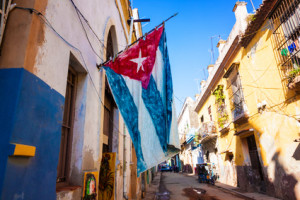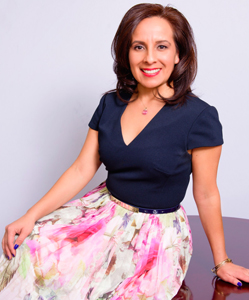 Thomas Estrada Palma was the first president to preside over the new Republic of Cuba. On May 5, 1902, the first Cuban Congress met and actually began to govern on May 20, 1902. A revolution in 1906 caused US President Taft to put in place a provisional government. Three years later, after peace was restored, the provisional government was withdrawn. Through the years, Cuba has spent a lot of time in a state of insurgency, with the government and the army at odds. Fidel Castro overthrew Fulgencio Batista In 1958, setting up a Communist government with himself as Premier. His failing health has prompted his brother Raul to recently take over as the leader of Cuba.
Thomas Estrada Palma was the first president to preside over the new Republic of Cuba. On May 5, 1902, the first Cuban Congress met and actually began to govern on May 20, 1902. A revolution in 1906 caused US President Taft to put in place a provisional government. Three years later, after peace was restored, the provisional government was withdrawn. Through the years, Cuba has spent a lot of time in a state of insurgency, with the government and the army at odds. Fidel Castro overthrew Fulgencio Batista In 1958, setting up a Communist government with himself as Premier. His failing health has prompted his brother Raul to recently take over as the leader of Cuba.
Almost all of Cuba speaks Spanish as their native tongue. Although similar to the dialect spoken in the other Caribbean Islands, the Cuban dialect has a distinctive flare, with animated gestures and a beat all its own.
Cubans are typically very musically inclined people and they have contributed to developing a great number of musical styles through the past couple of centuries. The roots of Cuban music go all the way back to West Africa and Spain, but through the years, different genres from other lands have influenced Cuban music.
Dancing is a big part of the Cuban culture; therefore, numerous styles of dance got their start in Cuba. The salsa dance called Casino originated in Cuba as did the musical movement called Timba-Jazz, a mixture of salsa and jazz.
 The art of Cuba is a mixture of all the cultural influence that each area of the world contributed. There are connotations of South America, North America, Africa and Europe infused into the art that is produced in Cuba. The international world of fine arts have consistently held Cuba’s art in high regard, even though the artists of Cuba have been constrained in their freedom of speech by their government for decades.
The art of Cuba is a mixture of all the cultural influence that each area of the world contributed. There are connotations of South America, North America, Africa and Europe infused into the art that is produced in Cuba. The international world of fine arts have consistently held Cuba’s art in high regard, even though the artists of Cuba have been constrained in their freedom of speech by their government for decades.
Carnivals are one of the oldest and most revered feasts that are celebrated in Cuba. Havana and Santiago de Cuba host the most popular carnivals in all of Cuba, according to the people. The parade of floats provides an absolute explosion of joyful color for the pleasure of thousands of Cubans who eagerly attend.
Since the visit from Pope John Paul II in 1998, the celebration of a traditional Christmas has, at long last been resumed. The government had requested that it not be acknowledged or celebrated in 1969. What a joyful time Christmas is for most Cubans!
Cuban cuisine is a wonderful blend of the Portuguese, African, French, Spanish and Chinese influences that make up Cuba’s past. Deep frying food isn’t done much in Cuba, instead most food is sautéed or cooked slowly over an open flame. You won’t often see a heavy sauce on Cuban food. Spices like onion, garlic, bay leaves, cumin and oregano provide the interesting and scrumptious flavors and aromas that fill Cuban kitchens. Criollo is a traditional Cuban dish that contains rice, black beans,onion, garlic and a mixture of spices to the individual taste.




